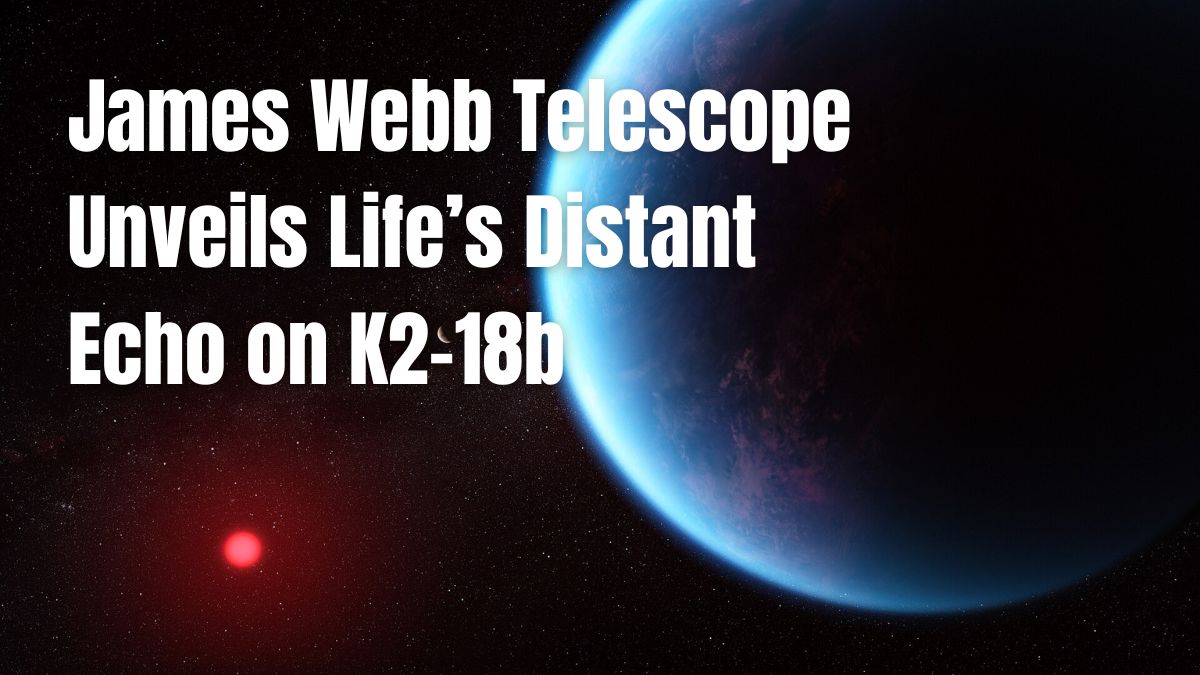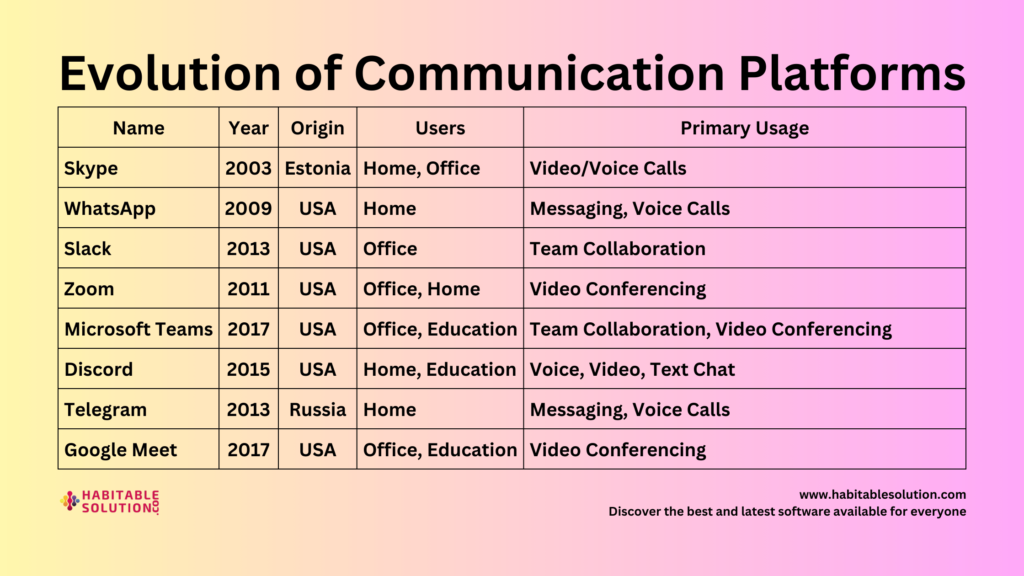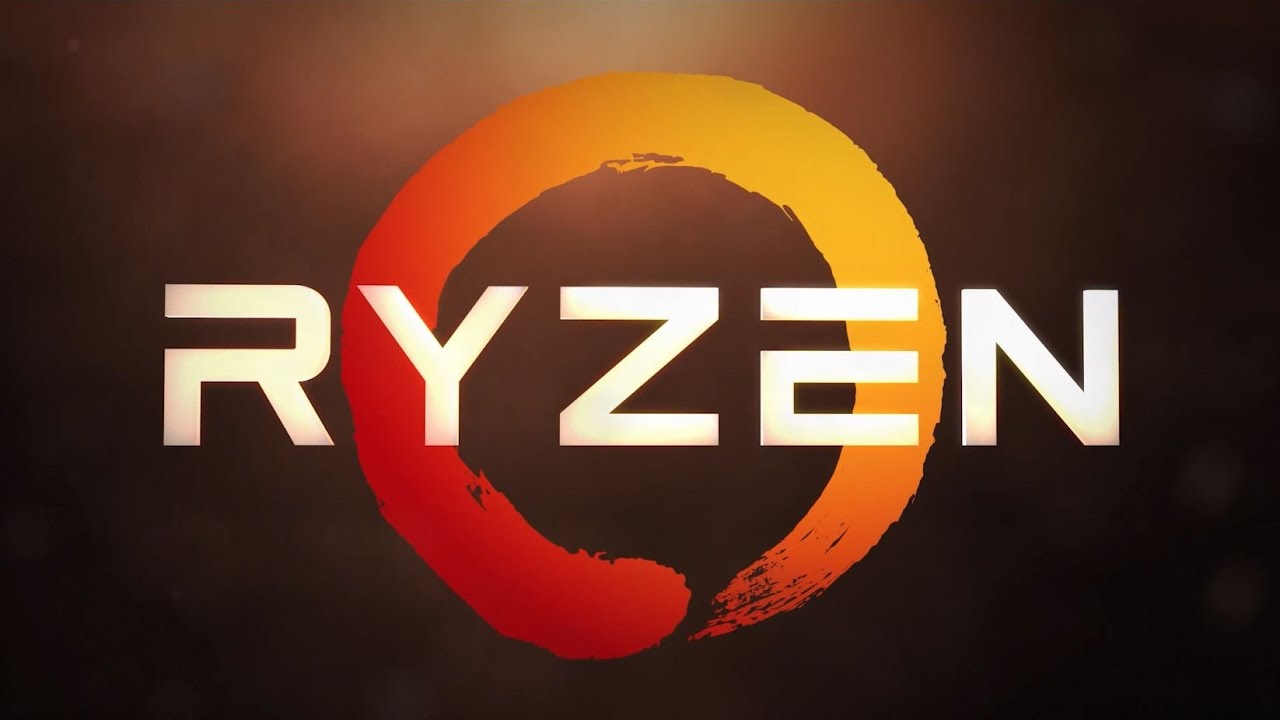In the quiet ache of the night sky, humanity has always searched for a mirror — not just to see ourselves, but to find another soul in the stars. With the James Webb Telescope’s discovery, we may have finally heard a whisper from beyond. This isn’t just a scientific event — it’s a human revelation, a step forward in our quest to understand what it truly means to be alive.
Into the Depths of Wonder: The Telescope That Listened to the Stars
On a cold night, while Earth slept, a golden-eyed telescope floating in the dark turned its gaze to a distant flicker in the constellation Leo. That flicker, a red dwarf sun, held secrets behind its glow — and one of its orbiting planets, K2-18b, may have just shared the biggest one.
This is the tale of a machine built by dreamers and guided by curiosity. It’s not just a technical marvel, but a bridge between what we know — and what we dare to imagine.
Evidence: What Webb Discovered on K2-18b
Essential Facts
• James Webb Telescope discovered dimethyl sulfide (DMS) — on Earth, it’s only produced by life, especially plankton in our oceans.
• Methane and carbon dioxide were also found, suggesting a potential ocean world beneath a hydrogen-rich atmosphere.
• This data came from spectroscopy — analyzing how starlight filters through the planet’s atmosphere.
• The combined chemical footprint strongly hints at possible biological activity.
• Dr. Nikku Madhusudhan, lead researcher, called it “a breakthrough moment in the search for life.”
“Bill Nye once said, ‘Space exploration is an adventure into ourselves.’ Perhaps now, it’s a reunion with something we never knew was family.”
Hycean Worlds: The New Face of Habitability
K2-18b isn’t your typical Earth twin. It’s what scientists call a Hycean world — a type of planet covered in water and wrapped in hydrogen, a possible cradle for alien biology.
Essential Facts
• 2.6 times Earth’s radius, with the possibility of deep oceans and moderate temperatures.
• It orbits within the habitable zone of its star — not too hot, not too cold.
• Hycean worlds are more abundant than rocky Earth-like ones.
• These planets may hide subsurface life shielded from harmful space radiation.
“We must broaden our definition of what life looks like,” said MIT’s Dr. Sara Seager. “The universe may not resemble us — but it may still be alive.”
A Visual Timeline of Discovery
- Year Milestone
- 2015 K2-18b discovered by Kepler Mission
- 2019 Hubble detects water vapor on K2-18b
- 2021 JWST launched by NASA and ESA
- 2025 Webb detects DMS and other biomarkers
Each year tells a story — not just of machines, but of minds hungry for meaning.
A Technological Symphony: How Webb Heard the Silent Songs of Distant Worlds
The James Webb Telescope is more than metal and glass. It’s a symphony of science — tuned to the frequencies of the universe’s hidden notes.
Essential Facts
• Uses infrared detection to read chemical fingerprints from exoplanets.
• Located 1 million miles from Earth at Lagrange Point 2, far from Earth’s heat and light.
• Has already observed galaxies 13.5 billion years old.
• Operates with AI-powered models to analyze molecular data with precision.
As Carl Sagan whispered, “We are a way for the universe to know itself.” With Webb, the cosmos is beginning to remember.
Public & Media Reaction: Echoes Across the Earth
The world didn’t stay silent. From Twitter threads to TikTok explainers, the news lit up the digital sky.
Essential Facts
• NASA’s official tweet garnered over 5 million views in 48 hours.
• Google Trends showed a 900% spike in searches for “alien life K2-18b.”
• Public figures like Neil deGrasse Tyson and Brian Cox praised the discovery.
• Classrooms from California to Cairo paused science lessons to discuss it live.
Comparative Planetary Analysis: Earth vs. K2-18b
To understand K2-18b, we must hold up a mirror to Earth — and see both the similarities and the alien differences.
Essential Facts
Feature Earth K2-18b
Radius 1x ~2.6x Earth
Atmosphere Nitrogen-Oxygen Hydrogen-Helium
Life? Confirmed Possible
Surface Land & Ocean Possibly global ocean
Temperature Zone Habitable Habitable (around 280 K)
Even in the joy of discovery, science walks with caution. We’re not declaring “aliens” — we’re whispering “maybe.”
Essential Facts
• DMS detection hasn’t yet crossed the statistical threshold of certainty.
• Abiotic (non-living) processes could potentially mimic these signals.
• NASA, ESA, and Cambridge teams are running confirmation tests.
• Final peer-reviewed confirmation expected by late 2025.
“Doubt is not the enemy of discovery,” said Neil Armstrong. “It is its compass.”
Philosophical & Theological Reflections
- If life exists beyond Earth, what does that mean for our religions, beliefs, and souls?
Essential Facts
• The Vatican’s astronomy director has long said alien life doesn’t contradict faith.
• Many indigenous cultures already believe in cosmic life or ancestors from the stars.
• Philosophers suggest that humility, not fear, should guide our response.
“Perhaps the gods of old were never myths,” writes scholar Reza Aslan. “Perhaps they were neighbors.”
Inspiring a New Generation: Youth, Hope, and Education
The stars no longer belong only to scientists. They belong to the children now dreaming with eyes wide open.
Essential Facts
• Schools globally are introducing JWST-based modules in STEM education.
• Space clubs and youth observatories have reported a 40% spike in membership.
• NASA’s outreach videos hit record engagement on YouTube.
• This discovery may create a new wave of planetary scientists, just like Apollo did in the ’60s.
“In every child’s dream of the stars lies the blueprint of humanity’s future,” says astronaut Chris Hadfield.
Artistic & Pop Culture Echoes
Science fiction has often seen the future before it arrives. And now, it’s whispering: “I told you so.”
Essential Facts
• Films like Interstellar and Contact explored communication with alien life and oceanic exoplanets.
• The concept of Hycean worlds mirrors settings from Avatar and Mass Effect.
• Artists, musicians, and poets have begun creating K2-18b-inspired work — from paintings to songs.
“Art prepares us for the impossible,” writes science poet Ada Limón. “That’s why it feels familiar when it arrives.”
Research Insights and Future Directions
With one blink of a golden mirror in space, we may have found the most sacred echo: that life — in some form — may not be unique to us.
People also search about
• The detection of DMS on K2-18b is unprecedented and promising.
• Hycean worlds could outnumber Earth-like ones — expanding our definition of life.
• Technology like JWST is reshaping astrobiology, bringing us closer to answers.
• The emotional and cultural weight of this discovery is as great as the scientific one.
Peoples also asks
1. If K2-18b truly hosts life, what should our next step be — watch or interact?
2. What does “life” mean when it’s not Earth-like? Can we even recognize it?
3. Will this discovery spark a new era of unity — or competition?
4. How would your personal beliefs or values change if we confirmed alien life?
5. Can science fiction still keep up with science fact?
6. Is there a risk in assuming alien life will be peaceful — or even understandable?
7. How can we protect potential alien ecosystems from human contamination?
8. What kind of education must we give future generations raised in a universe where life is not unique?
9. If alien life exists, are we still the main character of our cosmic story?
10. And perhaps most beautifully: What else is waiting to be found?





